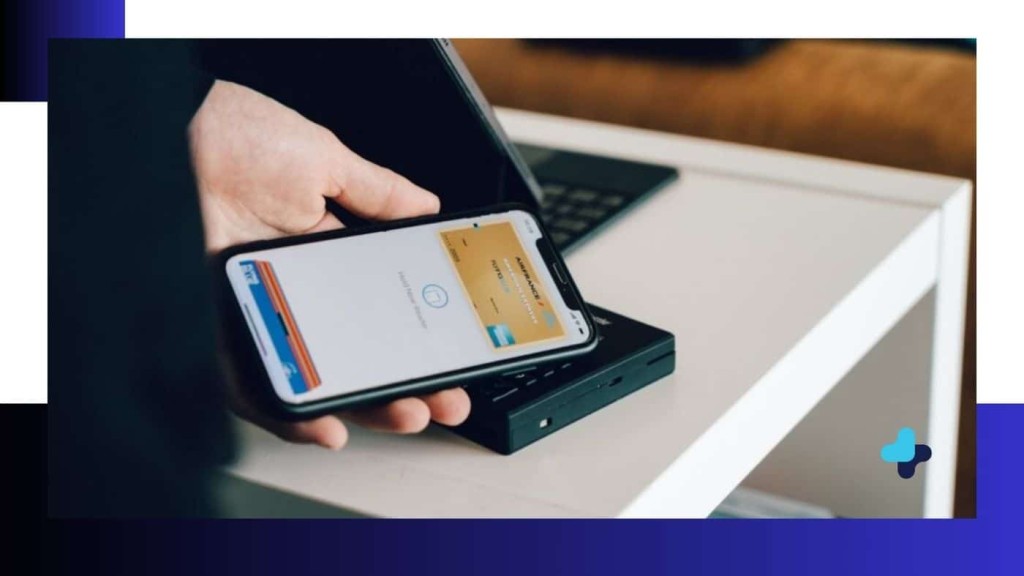The times we are living in. First we get to shop online, then easier payment gateway systems arrive, and now, we have to deal with hackers. Shockingly, our (and our customers’) sensitive payment information is a tech treat for hackers hawking data. A staggering 817 data breaches have been reported in the U.S. since 2022. Clearly, data protection remains an ongoing challenge.
Your customer wants the least resistance when paying for a product online, as you do too. However, this easy convenience is a sure-shot way to lose data security and, unfortunately, your business credibility too.
For data security and user experience to coexist, you need a safe payment gateway and other shopper-friendly strategies that go beyond basic data protection protocols!
This blog enlists such strategies. However, let’s first understand how the ever-evolving payment landscape affects user experience.
Impact of Evolving Payment Gateway Security
Fortunately, with technological advancements, the payment landscape has immensely evolved and is likely to continue. However, the journey hasn’t been a smooth ride for the shoppers.
A quick trail-back in time tells us that we’ve moved far away from cash payments. Cashless payments have subtly and swiftly taken center stage with numerous options. Roughly four in ten Americans (41%) say none of their purchases in a typical week are paid for using cash and well, the number is certain to increase this year.
Digital wallets and card payments share the space with BNPL (Buy Now, Pay Later) and cryptocurrencies. While these diverse payment alternatives offer flexibility and ease when paying online, they also pose a few major challenges.
- The diverse payment options, including wallets, QR payments, cryptocurrencies, etc., come with their complexities when integrating within a business.
- With the evolution in payment models, the regulatory measures also keep evolving, making it difficult for businesses to adapt.
- Cross-border transactions have their own challenges, given the diverse region-specific compliance.
- New payment options also introduce a plethora of new security risks in different devices.
- Integrating a few payment models could cost you heavily.
Since the challenges are solid, so too should be the strategy to combat them. Let’s get to them right away!
4 Smart Strategies to Balance Data Security & User Convenience
Since business is a two-way street, we’ll look at four strategies that involve both the business and its customers. Let’s start with the first one.
1. Use Compliant Data Protection Frameworks
Earning customer trust doesn’t come easy! It requires your business to pour in consistent efforts to build and, more importantly, maintain trust. Using data protection frameworks is one of the ways.
For example, the EU-US (Europe-United States) data protection framework agreed upon in 2022 enables secure payment gateway transactions between the United States and Europe.
Check GDPR and its implications for payment data
GDPR compliance specifically focuses on safeguarding personally identifiable information such as customer’s name, address, phone no., etc. In order for your business to operate smoothly, you need to get consent from your customers about the type of data you’ll use and how you’ll process it.
Ensure your business follows PCI DSS compliance
The PCI DSS(Payment Card Industry Data Security Standard) is an information security standard for handling credit cards from major card brands. Simply put, your business is in the PCI DSS’s legal radar. So keep your business in check with its regulations to be penalty-free.
Check if your business falls under HIPAA compliance
If your business is based in the U.S. and falls under healthcare, does it follow HIPAA (Health Insurance Portability Act) compliance to safeguard patient’s health information? The rules differ statewise, so ensure your business complies with state-specific rules.
2. Choose Reliable Payment Gateway Providers

‘Seamless’ and ‘Secure’. The two words that make for safe payment gateways.
If it offers both, bingo! You’ve got the right fit.
However, knowing how to pick the right payment gateway provider for your business is quite a challenge. To mitigate these challenges, use any or all of the parameters listed below.
Research popular payment gateway providers
Start by doing thorough research about providers in the market. See if they have a history of secure transactions, compare features, transaction fees, and suitable payment methods to identify the one that fits your business model.
Go through trusted payment gateway guides
When you leverage payment services from diverse gateway providers, you’re at risk of letting bad actors take advantage of potential vulnerabilities. To learn about such facts and risks, go through Lightspeed’s payment gateway guide. Going through such handy guides gives you a starting point to choosing suitable providers for your business.
Perform cost analysis and check trial period
Compute the total cost of installation, setup, transaction fees, and service charges to see if it aligns with the allocated budget. Also, go for gateways offering a free trial period for a specific duration. Testing it in real time will give you fair insights about speed and security.
3. Implement User-friendly Authentication Methods
30 percent of online shoppers will leave if they must re-enter their credit card information. You certainly don’t want your shoppers to leave, do you? One of the safest ways to ensure data protection and user experience is for your payment system to have user-friendly authentication methods.
Collecting less customer data for authentication is the smartest way to avoid data-loss of any kind. Below are a few such authentication methods.
Use biometric authentication
Face scans, fingerprint recognition, or iris scans are all quick and secure ways to authenticate user logins. Users won’t need to remember passwords, offering convenience and ease.
Choose passwordless authentication
Banish passwords and use alternatives such as OTPs (One-time passwords or codes) sent via SMS or emails. Doing so simplifies the checkout process and prevents password-related security breaches.
Take user feedback
Gather user feedback and use the data to iterate on the existing authentication methods. Ensure you take up feedback regularly to consistently enhance the authentication and protect privacy in this digital age. Plus, doing so helps update the process that aligns with users’ needs.
While these strategies are helpful, know which works for your specific payment gateway. However, try to input as little data as possible from users.
4. Educate Users About the Importance of Security
A digital shopper who’s learned about data security is least likely to give away sensitive data without knowing why.
This doesn’t mean your users should know about payment gateway providers or should understand the technical aspects of data security. It’s about the fundamentals.
Involve customers in getting to that sweet spot between data security and user convenience. Spiking an interest about the subject in them, however, is the challenging part. We;ve listed a few engaging methods to educate your customers that may help!
Provide clear information about best security practices
Create a specified email campaign to inform your beloved customers about the best security practices, including strong passwords, ways to prevent phishing scams, not sharing OTPs and passwords, etc. Providing a clear guide to these security practices offers them a roadmap to the do’s and don’ts to ensure data security.
Conduct live sessions and QnA
Educating users need not be boring. Make it fun and interactive by organizing live sessions with data security experts on channels like Instagram. Even organizing weekly or biweekly Q&A sessions or polls and asking basic security questions will help!
Conduct workshops with experts
Get a data security expert to chat with one of your company’s data security experts about the alternatives payment gateway solutions for online shopping and post the video across all social channels. Users can then easily watch them at their own pace and convenience.
Identify Beneficial Strategies for Implementation
While the article enlists strategies to balance data security and user experience, figuring out which strategies work for your business is key. Doing so requires you to dive into the company’s history of payment records and existing payment models. If you have had data breaches or security issues in the past, it’s clear data protection is a top priority.
Similarly, if your security measures are solid, but the payment model involves too many authentication steps, work on optimizing it without compromising the user experience.
Offering seamless user experience and data protection are both important. Lose one, and you lose your business’s credibility! After all it’s not an’ either or’ between data protection and user convenience, but a solid ‘and’.

